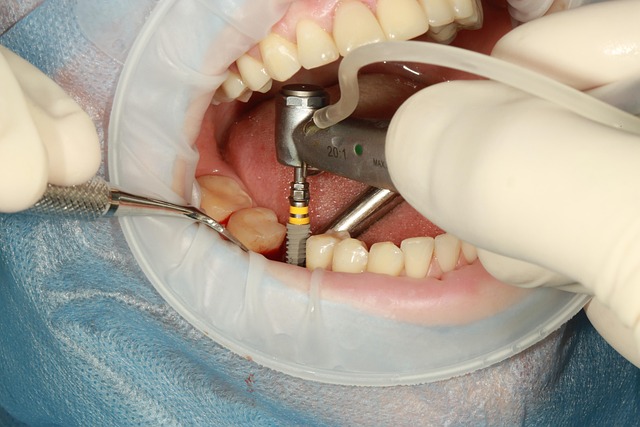Exploring Implant Longevity: What You Need to Know About Durability
Implant longevity is crucial for patients receiving implants, influencing their overall health and satisfaction. Understanding factors affecting durability can empower patients and healthcare professionals. This article dives deep into the intricacies of implant longevity, exploring material advancements, patient lifestyle impacts, and technological innovations that extend the lifespan of implants.
Understanding Implant Longevity
Implant longevity refers to the lifespan of medical implants used in various surgical procedures. Factors like material composition, surgical technique, and post-operative care significantly affect this duration, impacting patients' quality of life. For instance, implants crafted from highly durable materials, such as titanium, often showcase prolonged longevity. Moreover, the correct surgical placement and meticulous aftercare protocol sustain the structural integrity of these implants over time. Regular check-ups and imaging can also play pivotal roles in monitoring implant conditions, ensuring timely interventions if complications arise. Patients must be educated about the importance of these variables as they are directly linked to implant longevity.
The Role of Materials in Implant Longevity
One key aspect that influences implant longevity is the choice of materials. Advanced biomaterials, designed to mimic the structure of natural tissues, enhance compatibility and reduce rejection rates. Recent innovations, such as the use of graphene-infused components, offer significant promise for improvement in durability. The corrosion resistance and biocompatibility of these materials drastically enhance the overall longevity of the implants. Consequently, understanding the properties of different materials empowers both healthcare professionals and patients to make informed decisions regarding implant options. As material technology continues to evolve, it is pivotal to remain abreast of advancements affecting implant longevity.
Impact of Patient Lifestyle on Implant Longevity
Interestingly, implant longevity does not solely depend on external factors; patient lifestyle plays a crucial role as well. Factors such as diet, exercise, and adherence to medical advice significantly affect recovery and implant durability. For instance, a nutrient-rich diet promotes better healing, while smoking can jeopardize the success of the implant and shorten its lifespan. Regular exercise is equally important, helping maintain bone density, which supports implants. Thus, patients must understand that their lifestyle choices directly correlate with implant longevity, compelling them to adopt healthier habits post-surgery for enhanced outcomes.
Technological Innovations Enhancing Implant Longevity
Aurally, the field of implantology is witnessing a surge in technological innovations aimed at improving implant longevity. Techniques such as 3D printing allow for personalized implants, ensuring a better fit and lower complications. Additionally, smart implants equipped with sensors provide real-time data regarding their condition, indicating when medical intervention might be needed. These breakthroughs are redefining standards in the industry, ultimately leading to extended implant longevity. As technology progresses, staying informed about these advancements helps reinforce the narrative of patient-centered care and increased quality of life.
Patient Education: A Key to Enhanced Implant Longevity
Moreover, patient education is paramount in enhancing implant longevity. Providing comprehensive information about the nature of the implants, the surgery, and post-operative care empowers patients to take charge of their health. Organizations offering educational resources, workshops, and follow-up consultations significantly improve patients' understanding of how their actions affect implant longevity. By fostering an environment where patients feel confident asking questions, healthcare providers can inch closer to ensuring better post-operative outcomes as a whole.
Conclusion: The Future of Implant Longevity
In conclusion, the journey towards improved implant longevity is multifaceted, intertwining materials science, patient engagement, and technological advances. As research continues to unveil new methods to enhance durability, both healthcare providers and patients must remain proactive in their approaches. Recognizing the factors affecting implant longevity enables informed decision-making and effective long-term management. Ultimately, the goal remains clear: to foster a future marked by improved health outcomes and better quality of life for individuals with implants.
